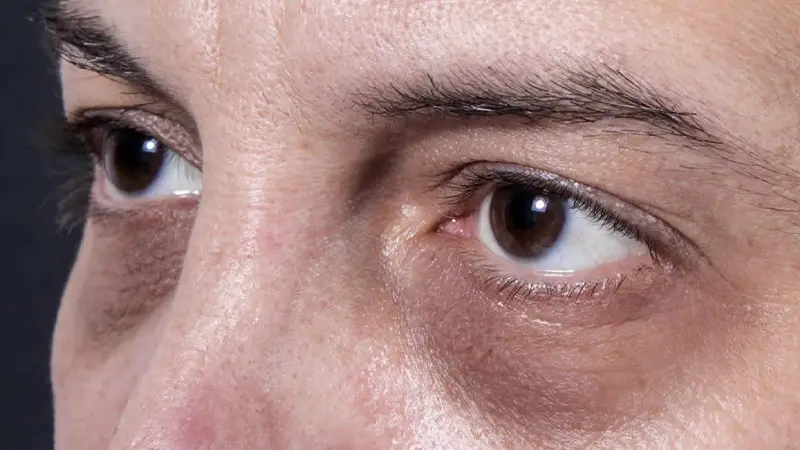What are the causes and remedies of dark circles around the eyes of males?
Dark circles are one of the most common non-hormonal skin problem and a frequent cosmetic concern with a huge psychological impact, significantly affecting the quality of life.
Dr. Ashima Goel, Dermatologist in Chandigarh, shares that- Especially because the results are so variable, some patients are totally resistant, and in some cases, improvement is only 50 to 60 %. I approach a patient keeping in mind the various mechanisms of under-eye dark circles, i.e., whether it is dermal melanin or it is an exogenous cause which is causing under eye dark circles like allergy or a deficiency, whether it is a laxity around the skin or the patient has a periorbital fat protrusion. All these aspects should be kept in mind before we strategize the treatment.
Various factors have been implicated in its causation like hereditary/genetic factors, stress, allergies, lack of sleep and exhaustion, nutritional deficiency like iron deficiency, improper digestion, lack of vitamins and dehydration, mental stress, eye fatigue, medications causing vasodilatation, liver disease, anatomical differentiation – deep-set bones.
Possible mechanisms include thin and translucent skin, leaky capillaries, poor microcirculation, and capillary fragility.
Management requires a multifaceted solution. GENERAL MEASURES include increased water intake to keep skin hydrated, sufficient sleep, avoid scratching the under-eye skin, a diet rich in nutrients, and SUN protection measures.
DEFINITIVE TREATMENT includes topical treatment, lasers, and surgery.
If your under-eye dark circles are caused by hyperpigmentation, local treatment includes bleaching agents such as hydroquinone has to be used in a diluted concentration; topical Vitamin K 1 and retinol; kojic acid, isoflavones, niacinamide, licorice extract, and tetrahydrocurcumin combination; sabiwhite and cosmoperine combination; and 5% vitamin C.
Amongst Chemical peels, glycolic acid peels are the gold standard, but advanced peels of a combination of kojic acid, glycolic acid, and arginine have the edge over the standard glycolic peels but should be done by a dermatologist at the right dilution; otherwise, there is a risk of chemical burns.
However, it must be remembered that the best effects of any treatment would come on long term daily use, of three or four months or even six to eight months. This fact should be very clear to the patient.
Mesotherapy and dermarollers have a wonderful role. Special cocktails are used that help improve the texture, eyebags and also bring down the pigmentation. An expert dermatologist should do it. One can avail of the benefits of the Dark Circle Treatment in Chandigarh at Parisa Skin Clinic.
Laser treatment includes vascular specific lasers that block the vessel response and pigment specific lasers, used to correct the pigment changes, using Nd: YAG. If superficial vascularization (visible blood vessels) under your eye is the culprit, various laser treatments or IPL can help. These treatments must be done carefully to avoid harming other vessels in the eye area.
If your dark under-eye circles are caused by a fat loss that creates hollows and shadows, the most common surgical remedy is an autologous fat transplant, or fillers like Esthelis, Juvederm, Restylane may do the trick. However, transplanted fat does not stay for longer periods. Now with the availability of a cannula, there is no risk of bruising or further darkening of pigmentation in the under-eye area. If it is a laxity around the eye, it can be treated with botox. To get affordable under eye dark circle removal cost in Chandigarh, visit today at Parisa Skin Clinic.
Your dermatologist will go over the risks, benefits, and costs of each of these procedures to help you make your decision on how to best eradicate under-eye circles.
